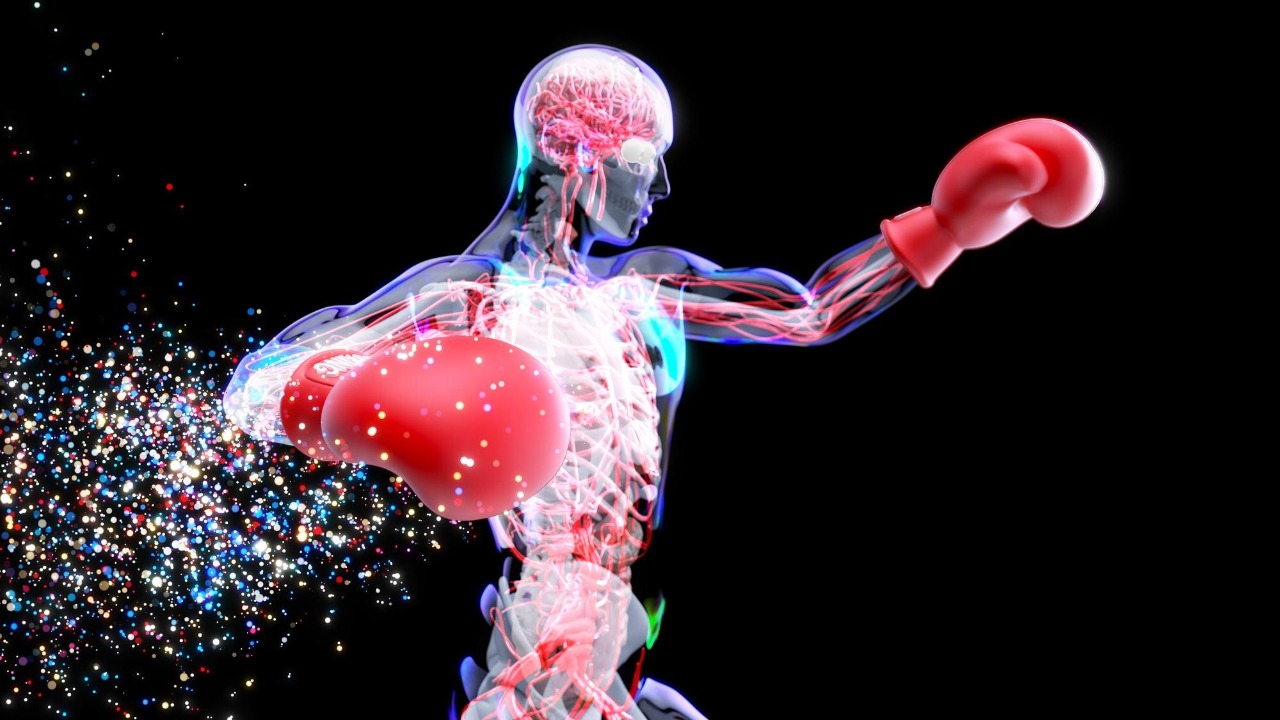
In a significant stride forward in the field of bio-inspired robotics, researchers have engineered artificial muscles powered by artificial intelligence (AI). These muscles, made from materials that closely mimic human tissues, learn directly from the human body to perform precise and safe actions. This innovation not only enhances the performance of these muscles without posing any risk to users or their surroundings but also paves the way for their application in prosthetics and soft robotics.
The Science Behind Lifelike Materials
The materials used in these AI-powered muscles are designed to replicate the elasticity and responsiveness of human tissues. This ensures their durability and biocompatibility in dynamic environments, making them suitable for long-term use. These materials are integrated with sensory feedback loops, which allow the muscles to detect and adapt to physical stresses in real-time. This feature enhances the safety of these muscles, as they can adjust their actions based on the physical conditions they encounter.
Initial testing protocols have confirmed the durability of these materials. They have been found to withstand repeated contractions without degradation, demonstrating their potential for sustained use. This resilience is crucial for their application in prosthetics and soft robotics, where they will be subject to constant and varied physical stresses.
Integration of AI for Learning Capabilities
The AI algorithms employed in these muscles process data from bodily interactions to refine their movement patterns autonomously. This means that the muscles can improve their performance over time, learning from the user’s inputs and adjusting their actions accordingly. This learning process is facilitated by machine learning models, which enable the muscles to “learn” from user inputs and improve their accuracy over time through iterative feedback.
Neural networks play a crucial role in simulating biological learning in these muscles. These networks ensure that the system evolves and improves its performance without the need for external reprogramming. This autonomous learning capability is a significant advantage, as it allows the muscles to adapt to the user’s needs and preferences over time.
How the Muscles Interface with the Human Body
The AI-powered muscles are designed to connect seamlessly with the human body. They employ non-invasive attachment mechanisms that allow for direct sensory input from the body. This direct connection enables the muscles to respond accurately to the user’s movements and intentions, resulting in synchronized actions with natural limbs.
Case studies have demonstrated the effectiveness of these muscles in responding to neural signals from the body. They have shown the ability to perform actions in sync with natural limbs, demonstrating their potential for use in prosthetics. Additionally, the muscles are equipped with safety features such as automatic shutdown protocols, which are activated if anomalous body signals are detected. This ensures the safety of the user and prevents any potential harm.
Applications in Safe Robotic Actions
The AI-powered muscles have a wide range of potential applications, particularly in the field of healthcare. They could be used in rehabilitation devices, where they can perform gentle, adaptive exercises tailored to individual recovery needs. Their ability to learn from the body and adapt their actions makes them ideal for this purpose.
These muscles could also be deployed in collaborative robots for healthcare. Their actions prioritize human safety, as they learn boundaries from the body and adjust their actions accordingly. In industrial applications, they could be used for precision handling tasks. By incorporating body-learned constraints, they can avoid forceful impacts, ensuring the safety of both the user and the surrounding environment.
Challenges and Future Developments
Despite the promising potential of these AI-powered muscles, there are challenges to be addressed in scaling their production. These include issues related to material sourcing and the need for diverse AI training data to cater to different body types. However, ongoing research is focused on overcoming these hurdles and enhancing the longevity of these muscles.
One area of focus is energy efficiency, which is crucial for prolonged safe operations. By improving the energy efficiency of these muscles, researchers aim to extend their operational lifespan and make them more practical for long-term use. Ethical considerations are also being addressed, such as ensuring equitable access to this technology in medical fields. As this technology continues to evolve, it is expected to bring about significant advancements in the field of bio-inspired robotics.
More from MorningOverview